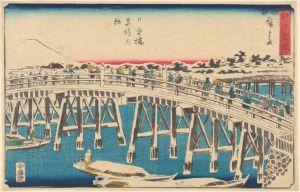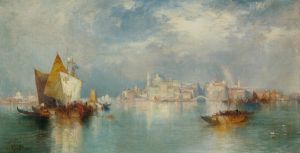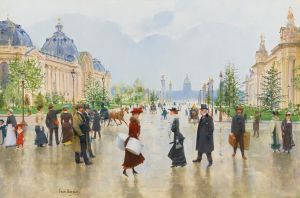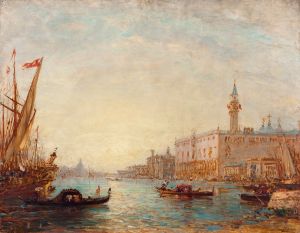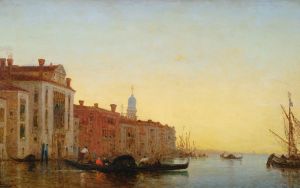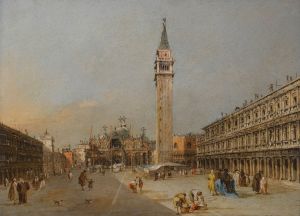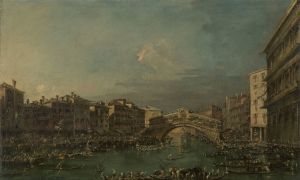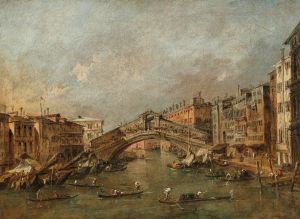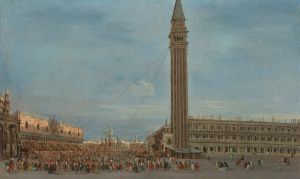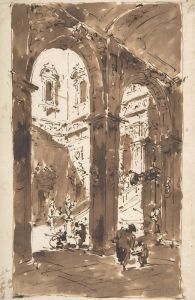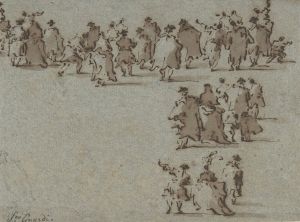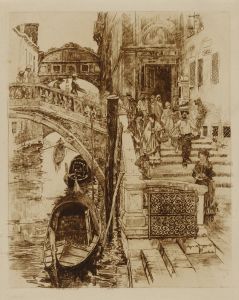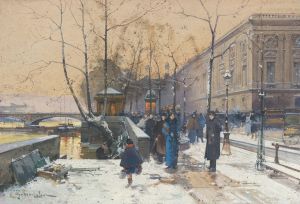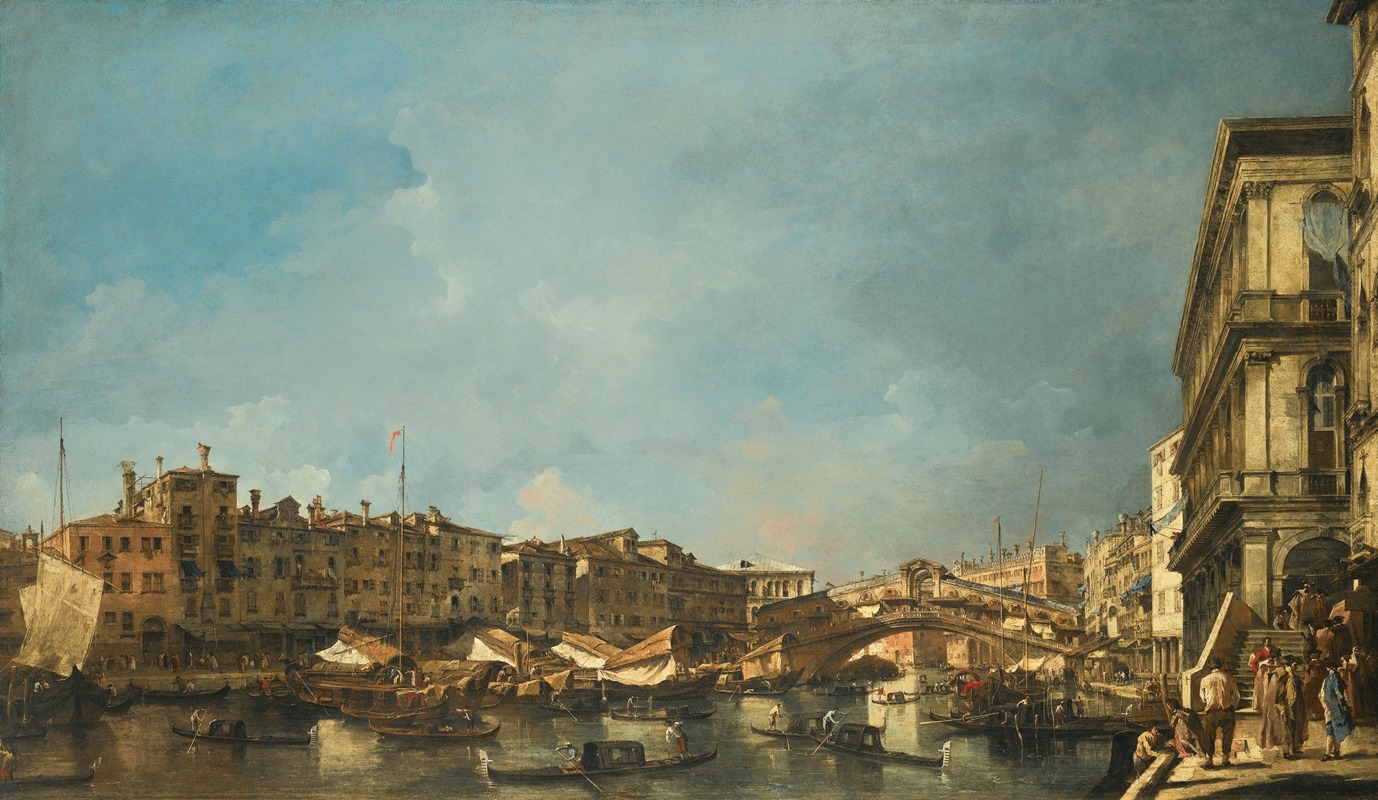
Venice, A View Of The Rialto Bridge, Looking North, From The Fondamenta Del Carbon
A hand-painted replica of Francesco Guardi’s masterpiece Venice, A View Of The Rialto Bridge, Looking North, From The Fondamenta Del Carbon, meticulously crafted by professional artists to capture the true essence of the original. Each piece is created with museum-quality canvas and rare mineral pigments, carefully painted by experienced artists with delicate brushstrokes and rich, layered colors to perfectly recreate the texture of the original artwork. Unlike machine-printed reproductions, this hand-painted version brings the painting to life, infused with the artist’s emotions and skill in every stroke. Whether for personal collection or home decoration, it instantly elevates the artistic atmosphere of any space.
"Venice, A View Of The Rialto Bridge, Looking North, From The Fondamenta Del Carbon" is a painting by the renowned Venetian artist Francesco Guardi (1712–1793). Guardi is celebrated as one of the leading painters of the Venetian school during the 18th century, particularly known for his vedute, or detailed cityscapes, which often captured the grandeur and atmosphere of Venice. This work is a prime example of his ability to depict the city's iconic landmarks with a combination of architectural precision and atmospheric effects.
The painting portrays the Rialto Bridge, one of Venice's most famous architectural landmarks, as seen from the Fondamenta del Carbon, a quay along the Grand Canal. The Rialto Bridge, completed in 1591, is a stone-arch bridge that has historically served as a central hub for commerce and activity in Venice. In Guardi's depiction, the bridge is shown from a northern perspective, emphasizing its elegant structure and the bustling life of the canal. The composition includes gondolas and other small boats navigating the water, as well as figures on the quay and bridge, contributing to the lively atmosphere of the scene.
Guardi's style in this painting reflects his mature period, characterized by a loose, almost impressionistic brushwork that captures the play of light and shadow on the water and buildings. Unlike the more precise and detailed vedute of his contemporary Canaletto, Guardi's works often focus on mood and atmosphere, giving his cityscapes a sense of vibrancy and movement. This approach is evident in the way he renders the reflections on the Grand Canal and the soft, diffused light that envelops the scene.
The painting is an example of Guardi's ability to balance architectural accuracy with artistic interpretation. While the Rialto Bridge and surrounding buildings are recognizable and true to their real-life counterparts, Guardi's use of color and texture imbues the scene with a dreamlike quality. This blend of realism and artistic expression has made his works highly valued among collectors and art historians.
As with many of Guardi's paintings, the exact date of creation for this work is not definitively documented, but it is generally attributed to the latter part of his career, when his style had fully matured. Today, the painting is appreciated as a significant representation of 18th-century Venetian art and a testament to Guardi's skill in capturing the essence of Venice.
Further details about the painting's provenance, current location, or specific historical context are not readily available in public records.





